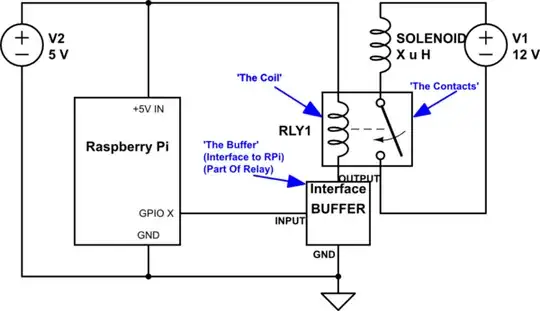Over the past year, I've amassed a box of broken relay modules that have a "voltage drop" problem: When the relay is energized, the voltage measured from the NO terminal and common reads 12V DC, but when I connect it to a solenoid valve, the voltage measured drops to < 1.
It seems to happen most often to the relay controlling the air valve, which is toggled on and off repeatedly, but it's happened to several other valves as well.
Why do some of the relays break / have "voltage drop" ? How can I prevent this from happening?
Notes:
- The keg cleaner works properly at the moment, after I replaced the broken relay.
- The solenoid valves require ~1.7A, which the relay modules and transformer can handle.
- There are at most 5 relays turned on at once, but this only for maintenance procedures. For the cleaning procedure, there are only 2-4 relays on at once, usually only 2.
- The GPIO pins are also powering 2-3 LEDs. Though I assume this isn't relevant.
- The relay modules are powered via the raspi.
Devices:
Raspberry Pi Zero 2 (OS: Bookworm)
There isn't a spec sheet I could find, so here is the relevant specs from the amazon listing:
- Optocoupler isolation, good anti-interference.
- High Level or Low Level Trigger. The status indicator is on when it is engaged, and it is off when it is released.
- VCC is the system power supply, JD_VCC is the relay power supply. Just plug in the jumper cap.
- Power supply voltage: 5VDC
- Current: more than 100mA
- Load: 250V 10A AC or 30V 10A DC
Wiring instructions: VCC: positive pole of system power supply GND: Negative pole of system power supply IN1--IN2: relay control port (Do not reverse the connection to avoid burning out)
I'm terrible at drawing schematics, so I took a picture of the circuit instead. Please forgive the mess.
Any thoughts or suggestions would be greatly appreciated. I'll happily donate a bounty to a correct answer and buy you a cup of coffee (or mail you a bag of our own)!

